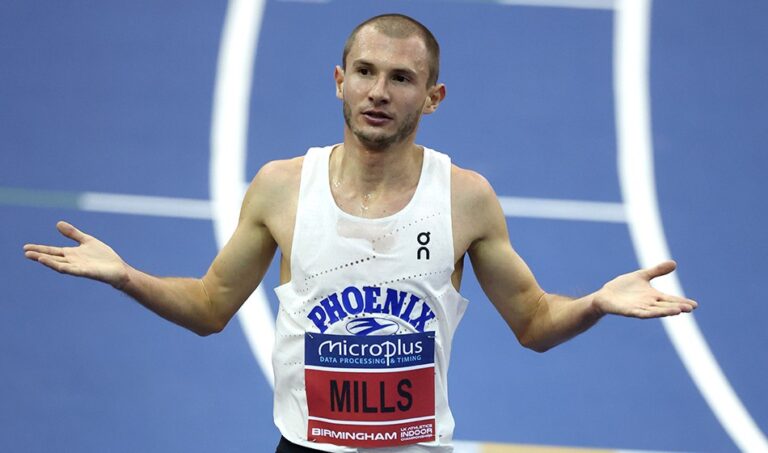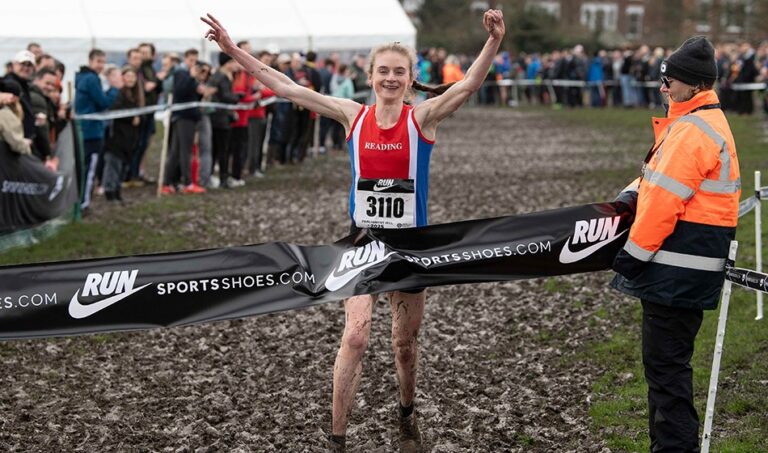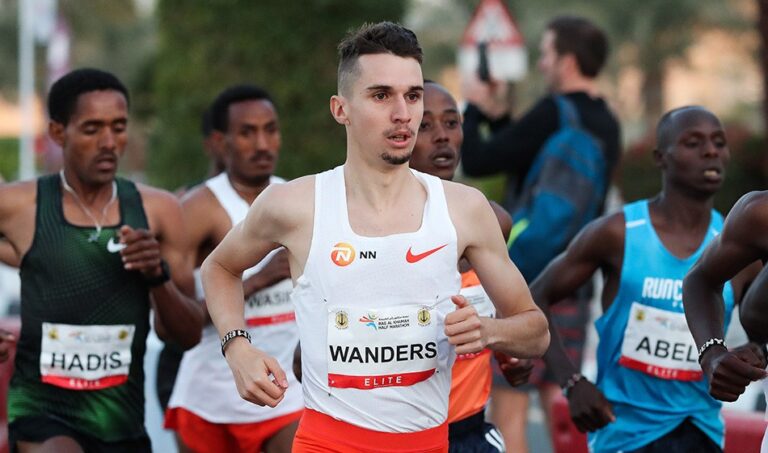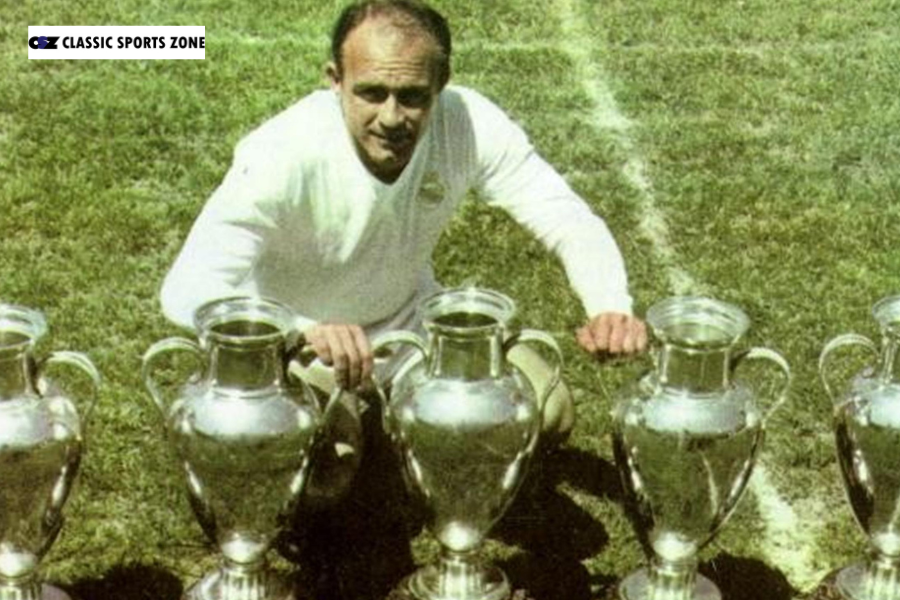
In the event that the incomparable Sir Bobby Charlton portrays you as the most incredibly complete footballer he has at any point seen, you’re bound to be amazing some day. Obviously, he was a long way from the main one to be hypnotized by the remarkably skilled Alfredo Di Stéfano, scratched “The Fair Bolt”. While not as ostentatious or actually gifted as a portion of his counterparts, Alfredo Di Stéfano’s inconceivable flexibility, dazzling actual inclinations and initiative abilities made him into quite possibly of the best player the game has at any point seen. For his on-field accomplishments, Alfredo Di Stéfano won two Ballon d’Or grants in 1957 and 1959, as well as the sole Super Ballon d’Or in 1989.
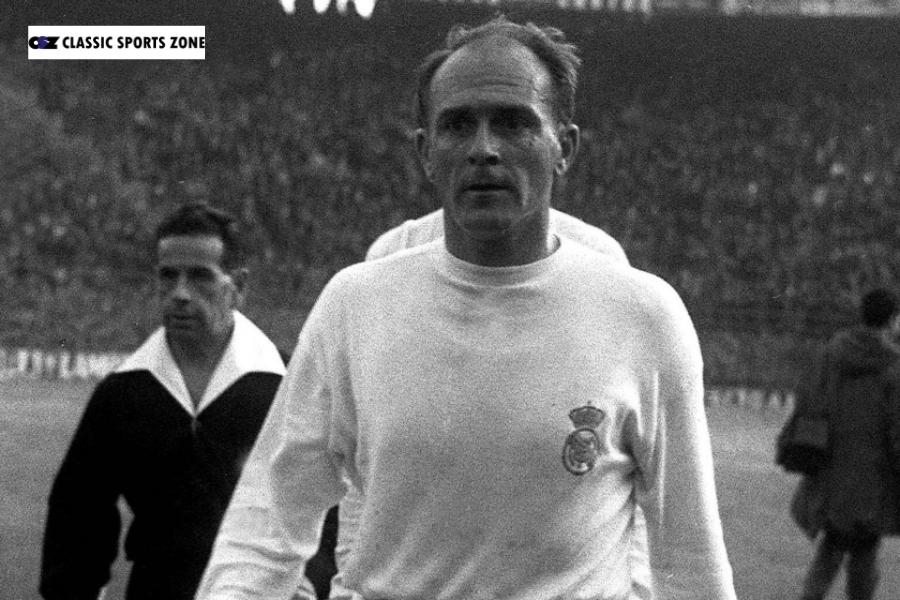
Life story
South American legacy
Alfredo Di Stéfano was brought into the world in Buenos Aires, in 1926. While he started his senior profession at Stream Plate, Alfredo Di Stéfano didn’t move into the principal group immediately. He began transforming a credit to Atlético Huracán, where he scored 10 objectives in 25 appearances prior to getting back to Stream Plate.
The time of 1947 was doubly significant for the youthful Alfredo Di Stéfano: as well as assisting Waterway With plating to a Primera title, he made his global presentation by playing for Argentina at Copa América. In what might be his main six games for the Argentinian public group, he scored six objectives and had a vital impact in Argentina bringing home their 10th championship in the opposition. Following a general strike in 1949, Alfredo Di Stéfano joined large numbers of his partners and left Stream Plate and Argentinian football. In the uncover over Argentinian football, Holy messengers with Filthy Appearances, the creator Jonathan Wilson attests that “The likelihood is that had it not been for the strike, he would have set up a good foundation for himself as one of the extraordinary stars of Waterway and Argentina”.
Alfredo Di Stéfano selected to proceed with his profession in the Colombian association, which was beyond FIFA’s ward at that point, and in this manner ready to offer enormous wages to players they considered commendable. He enjoyed the following four years with Millonarios of Bogotá, bringing home three Association championships in that period. He likewise played four games for the Colombian public group, despite the fact that FIFA has would not recognize them right up ’til now. Once more in 1953, Colombia rejoined FIFA and Alfredo Di Stéfano was left without a club.
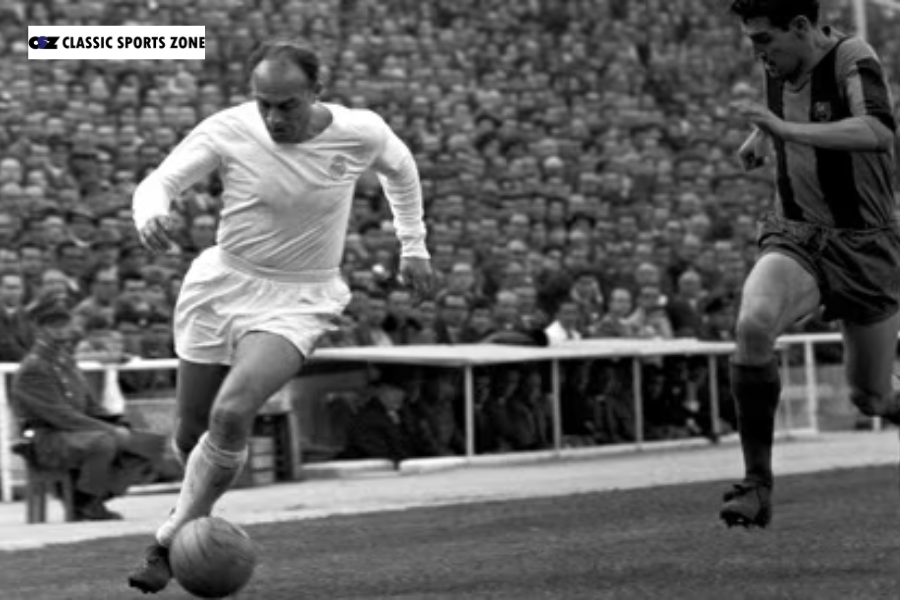
Genuine Madrid
By this point in his profession, he was a bonafide hotshot, whose hair tone and unstable speed have procured him an epithet “Saeta Rubia” (“The Blonde Bolt”). Following a muddled offering battle for his administrations between Genuine Madrid and Barcelona, Alfredo Di Stéfano joined Truly in 1953. In a work of art “the rich get more extravagant” situation, the expansion of Di Stéfano transformed Genuine into the most predominant club of its period, and perhaps ever. Alongside different geniuses, for example, Ferenc Puskás and Francisco Gento, Alfredo Di Stéfano drove Genuine to eight La Liga titles somewhere in the range of 1953 and 1964.
Before sufficiently long, the club’s strength spread to Europe. Beginning with the debut rivalry in 1955 and up until 1960, Genuine Madrid made five continuous European Cup finals, winning them all absent a lot of obstruction. Alfredo Di Stéfano impacted the world forever by scoring in every one of the five finals, subsequently laying down a good foundation for himself as the true head of the best group on the planet. In 1957 and 1959, he was named the European Footballer of the Year. In 1963, his life got downright ugly when he was hijacked at gunpoint by a Venezuelan progressive gathering; in any case, he was delivered two days after the fact. He picked to play in a show match the exceptionally following day, getting wildly energetic applauses from the group.
The director
He kept on winning prizes as a director, most remarkably with Boca Youngsters, Waterway Plate, Brandishing and Valencia. In 1989, he turned into the main player in football history to be given the Super Ballon d’Or. In 2004, he was casted a ballot the fourth most prominent football player ever. He passed on from a respiratory failure in 2014, at 88 years old.
Thierry Henry: The Arsenal Legend Who Electrified the Premier League





